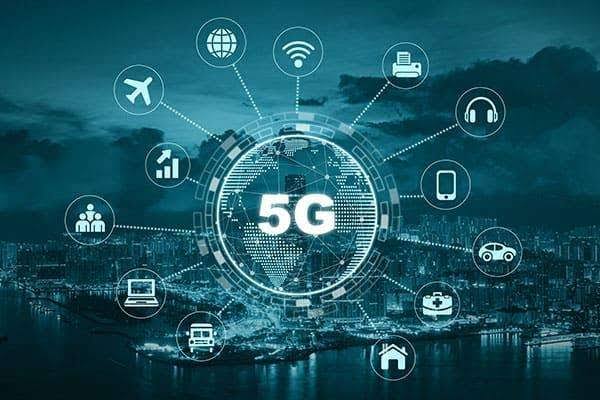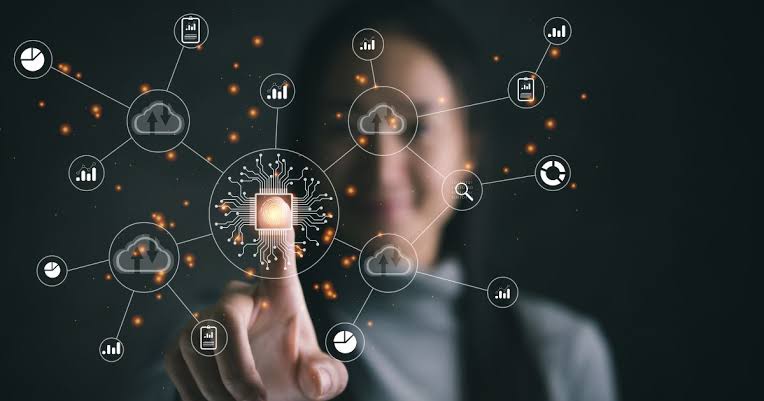The arrival of 5G has reshaped the digital world. What was once seen as the future of mobile internet is now fully integrated into everyday life. As of July 2025, 5G is no longer a buzzword—it’s a reality across major cities and even expanding into rural regions.
This fifth-generation wireless technology is dramatically changing the way gadgets communicate, perform, and interact. From smartphones to smart homes, the speed and low latency of 5G have unlocked levels of performance previously unthinkable.
For consumers, this transformation has brought faster connections, smoother experiences, and greater possibilities for innovation across industries.
Understanding the Core Benefits of 5G
At its core, 5G is about more than just speed. It represents a major leap in wireless technology by offering lower latency, higher bandwidth, and the ability to support more connected devices simultaneously.
The average download speed under 5G is now over 1 Gbps in urban zones, with ultra-low latency around 1 millisecond. This is crucial for real-time applications like gaming, video calls, and live-streaming high-resolution content.
Unlike 4G, which struggles when many devices are connected in one area, 5G thrives in dense environments. This is key in an era where households own dozens of connected gadgets, from phones and tablets to TVs, doorbells, and even refrigerators.
Enhanced Mobile Device Performance
Smartphones and tablets have become more powerful thanks to 5G integration. Users can now stream 8K video, download full-length movies in seconds, and enjoy uninterrupted cloud gaming.
Apps that once lagged or crashed under 4G are now seamless. Real-time collaboration tools like video conferencing apps, cloud editing software, and AR filters run more efficiently on 5G networks.
Flagship devices from Apple, Samsung, and Google released in 2025 come equipped with AI-enhanced processors optimized for 5G performance, ensuring longer battery life and better multitasking across network-intensive applications.
The Evolution of Wearables and IoT Devices
Wearable gadgets like smartwatches, fitness trackers, and health monitors benefit immensely from 5G. These devices can now operate more independently from smartphones, directly connecting to the cloud to sync data or stream content.
In 2025, smartwatches can perform tasks like real-time health diagnostics, GPS navigation, and two-way calling—all without needing to tether to a phone. This is made possible through ultra-fast and stable 5G connections.
The Internet of Things (IoT) ecosystem has grown rapidly due to 5G. Smart home devices now communicate more effectively, creating responsive environments where lights, thermostats, appliances, and security systems work in harmony.
Cloud Gaming and Entertainment on Demand
For gamers and media lovers, 5G is a game-changer. Cloud gaming platforms like NVIDIA GeForce Now, Xbox Cloud Gaming, and PlayStation Now deliver console-quality experiences to mobile devices, with no downloads required.
With the reduced latency of 5G, games respond instantly to user inputs, making competitive gaming on mobile a real possibility. Portable VR headsets and AR glasses now stream content in real time, enhancing immersion.
Video streaming platforms have also adapted. Users can now stream 4K and 8K content on the go without buffering. In 2025, video quality automatically adjusts to take full advantage of high-speed networks, optimizing both clarity and speed.
Smart Cities and Infrastructure Integration
Beyond personal gadgets, 5G is powering smart infrastructure in cities. Traffic lights, surveillance cameras, electric vehicle charging stations, and public transportation systems are now connected via 5G networks.
This integration allows for real-time data analysis, improving traffic flow, public safety, and energy management. Commuters receive up-to-the-minute updates, while city planners use data to make faster decisions.
Smart sensors installed in roads and buildings communicate instantly with centralized systems, enabling predictive maintenance, early warnings for damage, and efficient resource allocation.
Impact on Healthcare and Remote Monitoring
Healthcare gadgets and services have also been revolutionized by 5G. Wearable medical devices can now transmit data to doctors in real-time, allowing for immediate responses to health changes.
Telemedicine has improved, with high-definition video calls, real-time diagnostics, and even robotic-assisted remote surgeries becoming more accessible. Patients in rural or underserved areas can now receive care with fewer limitations.
In July 2025, hospitals are increasingly adopting 5G-powered medical imaging and smart monitoring systems. This supports faster diagnosis and treatment while reducing the burden on healthcare professionals.
Industrial and Business Applications
In manufacturing and logistics, 5G connectivity is enabling real-time machine communication. Smart factories rely on 5G to connect robots, sensors, and automated systems that monitor and optimize production lines.
Supply chains are now tracked with greater accuracy. Drones and autonomous vehicles, connected via 5G, handle deliveries and warehouse tasks more efficiently, reducing human error and saving time.
For businesses, video conferencing, cloud-based applications, and data sharing are faster and more secure. Remote work has become more practical with uninterrupted connections and enhanced collaboration tools.
Security and Privacy Considerations
While 5G offers tremendous benefits, it also introduces new challenges. The increased number of connected devices widens the attack surface for cybercriminals.
In 2025, manufacturers and service providers are investing heavily in encryption, network segmentation, and device authentication to protect users and their data. Governments are enforcing tighter regulations around 5G infrastructure security.
Users are also becoming more aware of privacy risks, especially in smart homes and wearable tech. Device-level protections and secure cloud integration have become essential features for trusted brands.
Looking Ahead: 6G and Beyond
Even as 5G matures, the tech world is already exploring 6G. Expected to roll out in the 2030s, 6G will offer speeds 10 times faster than 5G and deeper integration with AI, satellite internet, and quantum computing.
For now, 5G continues to grow. Coverage is expanding globally, with affordable plans making it more accessible. Innovation in 2025 is being fueled by the bandwidth and speed that only 5G can deliver.
As gadgets continue to evolve, 5G ensures they perform faster, smarter, and more seamlessly than ever before.
Conclusion: A Seamless Connected Experience
The impact of 5G on gadget connectivity and speed is profound. From personal devices to global industries, the fifth-generation network is changing how we interact with technology.
In 2025, 5G is not just a connectivity upgrade—it’s the foundation for a smarter, faster, and more connected digital ecosystem. For pet gadgets, smart homes, gaming rigs, and wearable health monitors, 5G is the silent engine that powers it all.
With each passing year, the technology becomes more refined, widespread, and essential. And for consumers and creators alike, the possibilities are only just beginning.




Hi,
Did your U.S. business file for the ERC (Employee Retention Tax Credit) during COVID?
If you already filed and still haven’t been paid, you may not have to wait anymore.
I help business owners like you get their money now instead of later.
To get started, I just need 2 things from you:
1. Reply and say: “Get my money now”
2. Include your phone number so I can call and explain how it works
That’s it. If you already filed, I may be able to help.
Thanks,
Mark
201 N Main St, Phoenix, AZ 85003
Unsubscribe:
https://aiandcompanybest.com/?info=ksgam.com